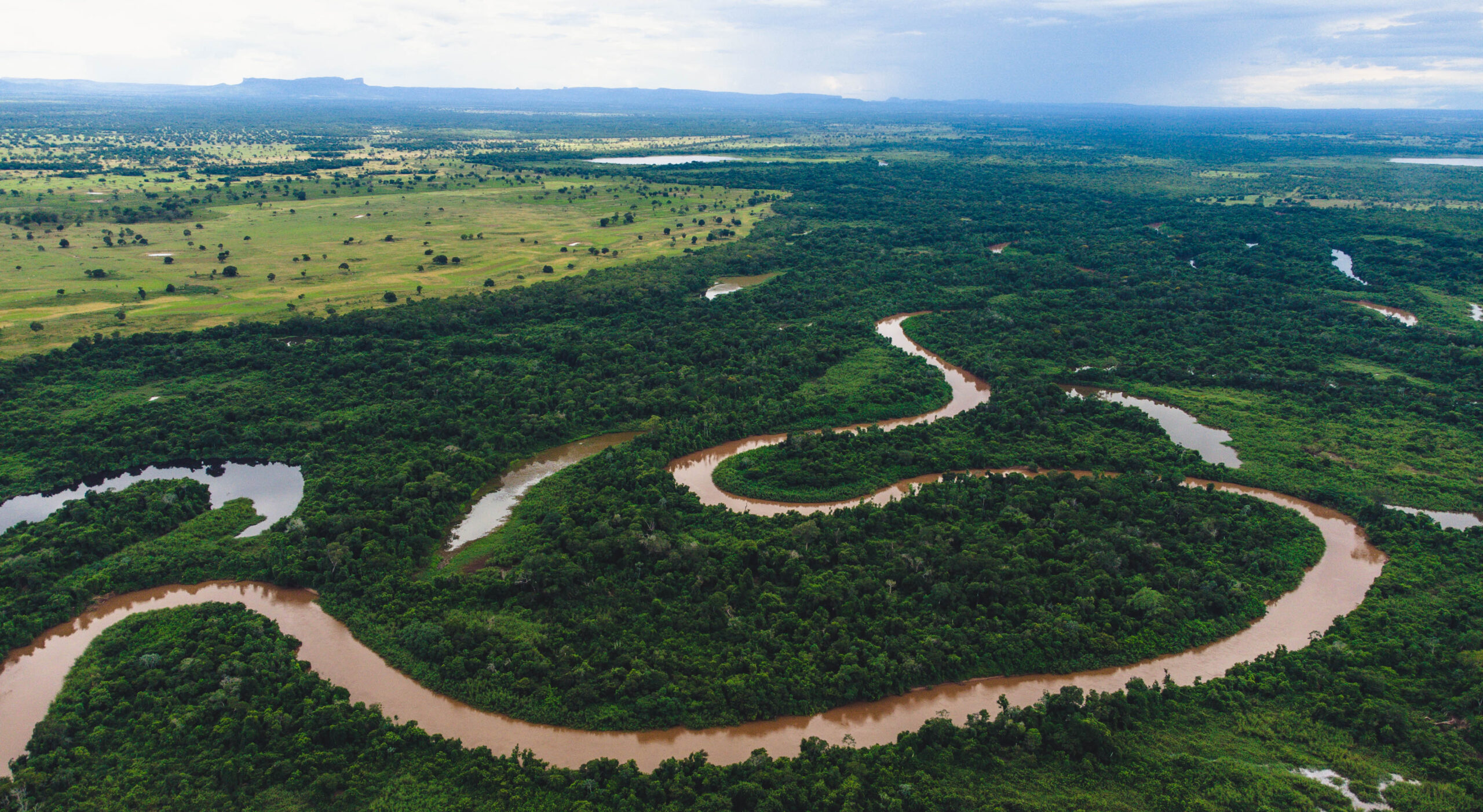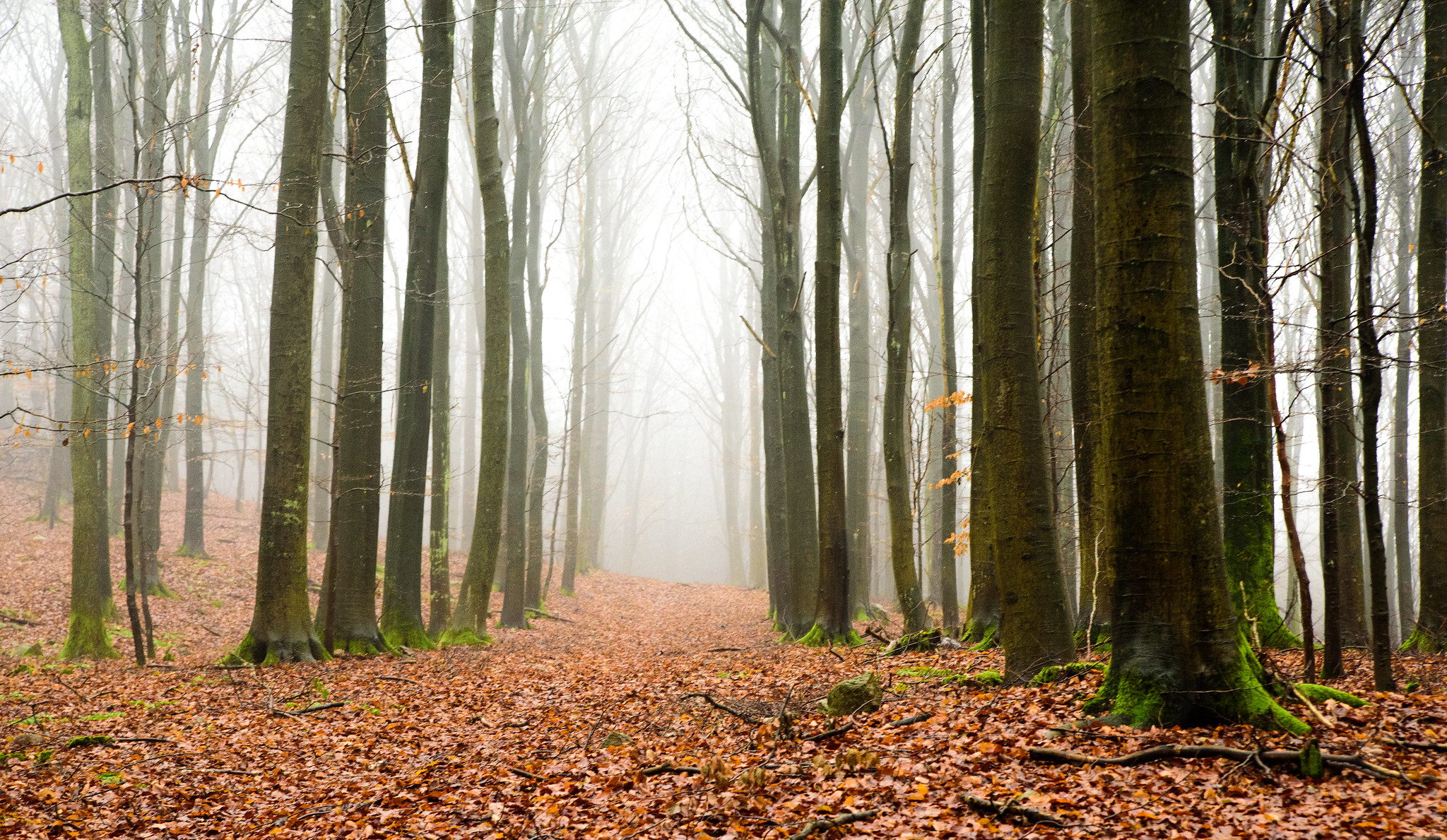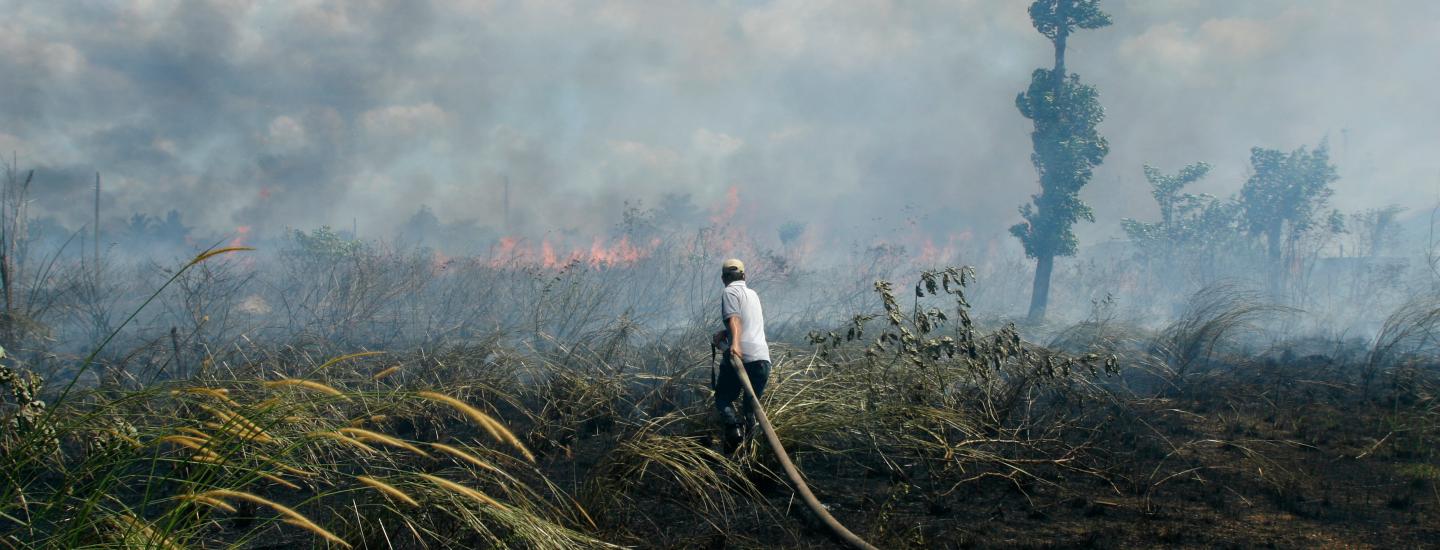- Insights
Q&A: Why Are Community Forests So Important?
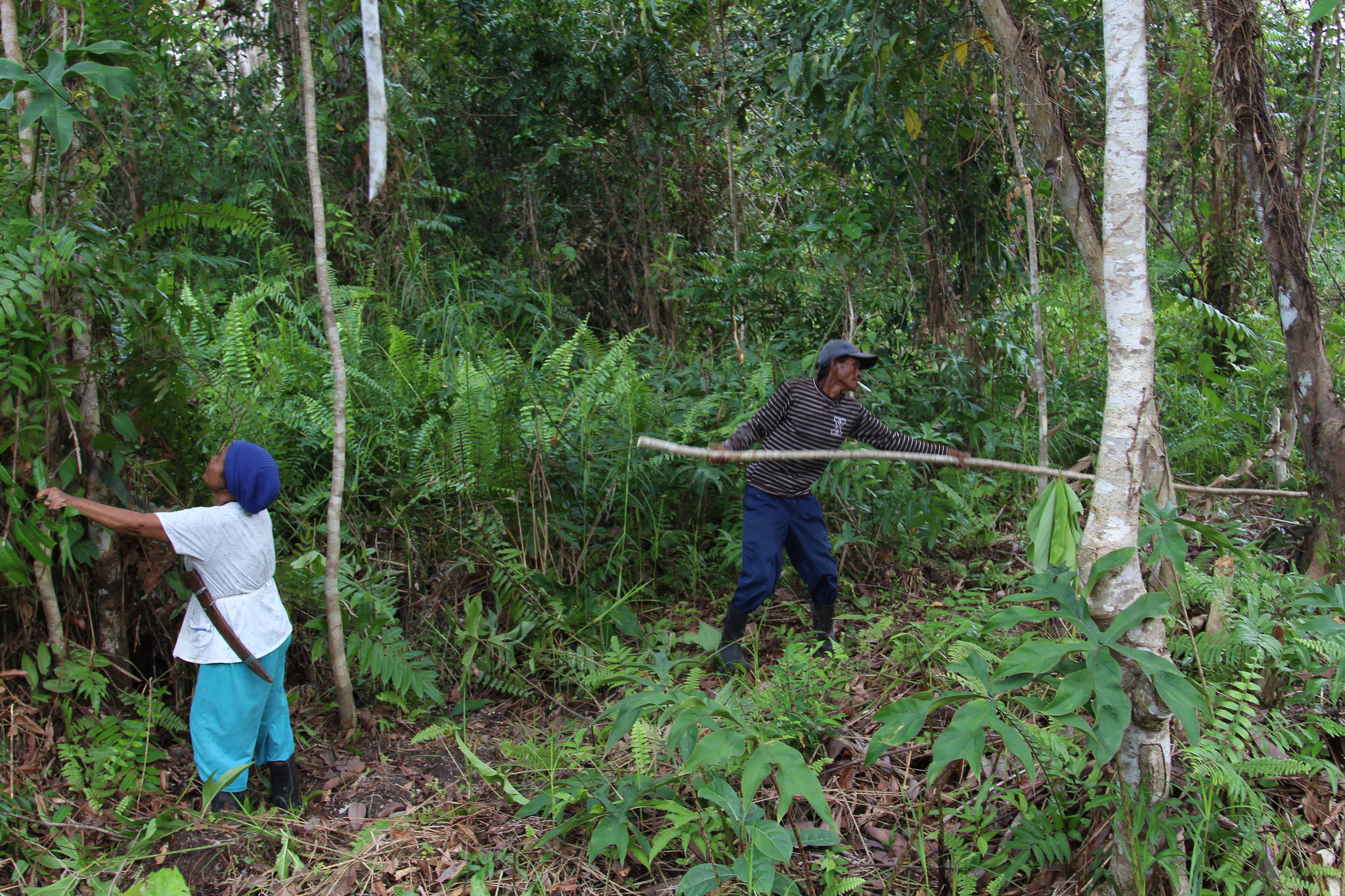
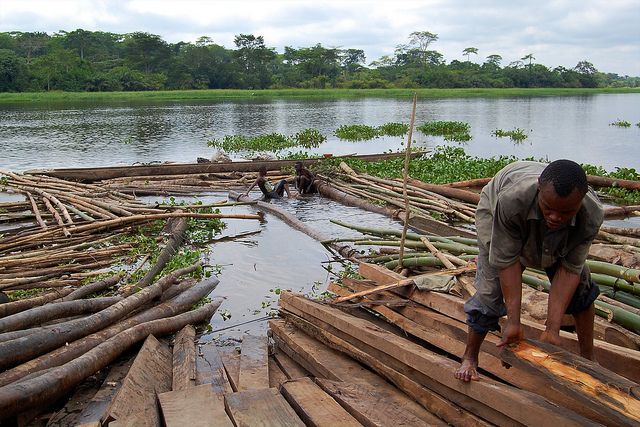
A new report by WRI and the Rights and Resources Initiative, to be released on July 24th, shows governments can meet their climate change mitigation targets by protecting community forest rights. We caught up with the report’s lead author, Caleb Stevens, to find out why community forests are so important—both for human rights and for curbing climate change.
1) What is a community forest? What are community forest rights?
Community forests are lands held collectively by either rural or indigenous communities based on a shared history, language, culture, or lineage. In contrast to individual private property, most community forest lands are governed by customary rights, rules, and institutions that pre-date most modern governments, and continue to adapt to changing circumstances. Customary rights govern community forest land in ways that support local cultures and livelihoods. Many forest communities clear small areas of forest for subsistence agriculture or husbandry, but the forest is able to regenerate and continues to provide numerous benefits in the form of food, building materials, medicines, and many other products and services. While customary forest rights, rules, and institutions vary, many community members have inheritable rights to part of the community’s forest land to support their families. The remaining forest is held as common property of the community—called “forest commons”—with community rules governing access and use. For example, community members may collect firewood from the forest commons. In many cases, rules also mandate that community forest land cannot be sold.
2) What benefits do community forests provide?
Hundreds of millions of people across Africa, Asia, and Latin America use and depend on vast forest areas for their livelihoods and culture. For these rural communities and indigenous peoples, the forest is a critical source of water, timber, wildlife, and identity. Forest resources lie at the heart of their social, political, and economic life as the primary source of livelihood, nutrition, and employment. These fundamental assets are a basis for security and, for many forest communities, are culturally and spiritually significant.
3) Are customary forest rights legally recognized by all governments?
No. In fact, many countries’ laws do not legally recognize communities’ customary rights to their forest. This leaves forest communities especially vulnerable to losing their forest land to companies, developers, and other interests. Some governments acknowledge only limited use rights so communities can provide for their basic needs, such as in the Democratic Republic of the Congo. Other countries’ laws formally allow for legal recognition of customary forest rights, but the legal documents necessary for communities to exercise their rights are not issued, as in Indonesia. Even when governments do legally recognize customary forest rights, they often only respect rights over forests that are subject to active, visible use by communities. This leaves much of the forest commons vulnerable to deforestation because the government considers the forest idle, vacant, and available for commercial use.
4) Why is it important to strengthen community forest rights?
Year after year, governments are allocating large areas of forest land for use by commercial logging, oil palm, mining, and other economic interests. In the process, governments grant commercial operators the de facto right to deforest, as the approved allocations of forest land often lead to massive clear-cutting and conversion of forests to non-forest uses. As a consequence, a community may permanently lose its forest without any consultation—in some cases, people are even subjected to intimidation or manipulation. These actions not only hurt forest communities, deforestation contributes to climate change. By working with communities to strengthen their forest rights, rather than undermining them, governments can ensure numerous sustainable development benefits. Strong community forest rights help communities protect their forests, reducing CO₂ emissions from deforestation and improving forest health. Strong forest rights also provide communities with secure access to forest products for housing, medicine, and other local uses as well as income from the sale of timber and non-timber forest products.
5) What can be done to strengthen community forest rights?
Governments, civil society, and donors are working to strengthen community forest rights in many countries. While necessary interventions vary based on context, this commonly requires action on multiple fronts, including:
- Legal recognition and protection for communities’ customary forest rights;
- Enforcement of community forest rights by mapping and registering community forests, and expelling illegal loggers and settlers;
- Provide technical assistance and training to forest communities to improve sustainable forest management and access to markets, among other things;
- Engage forest communities on developments and other investments affecting their forests; and
- Compensate communities for the environmental services they provide as effective managers of their forests.
LEARN MORE: Check back on July 24th, when we’ll release our full report, Securing Rights, Combating Climate Change.
